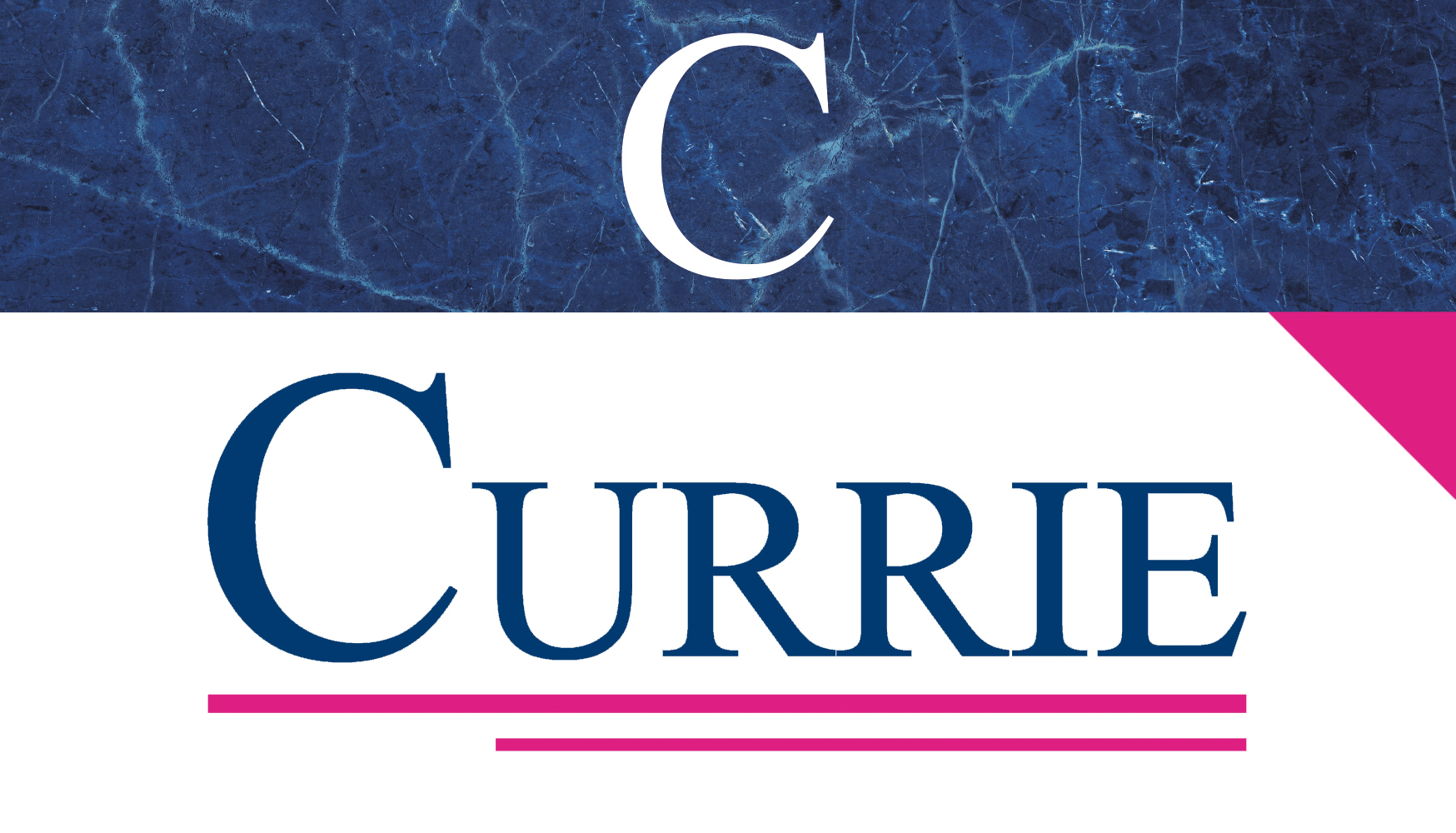As unit sales continue to be flat or in decline, and margins are skinnier than ever, all dealer and distributor clients must pay attention to Absorption. Absorption has been referred to as a simple but not simplistic measure of dealer performance and sustainability. It is a measurement used to indicate how much of a company’s total expenses can be covered by the profitability of the aftermarket departments in an equipment dealership.
The basic formula to calculate absorption is as follows:
Total Aftermarket Gross Profit $ (Parts, Service and Rental) / Total Dealership Expenses $ = Absorption Rate
For example, if your dealership has combined gross profit in the aftermarket departments of $8,000,000 and overall company expenses of $7,500,000, your absorption calculation would be:
8,000,000 / $7,500,000 = 107%
Model absorption for the equipment industry is 100% -120% or better
Why is absorption so important? The following are some points that will help you understand why achieving model absorption is something that all dealers should continue to strive for.
- When Absorption is at or above model, profitability in the Sales Department (units) becomes a less impactful issue. Margins in unit sales are often difficult to control, thus strong aftermarket profitability can take us through periods of volatility in unit sales.
- Studies have proven that dealers with high absorption will be in a position to continue showing profitability even in down cycles.
- Dealers with high absorption rates are able to spend more money on the sales department, and Currie Management Consultants, Inc. encourages them to do so. By adding additional sales reps, and sales department support people as needed, the dealership is able to increase coverage. By following a comprehensive account management strategy, the dealership is now in a position to effectively increase, or at the very least, maintain unit market share. The increased coverage should also enable the sales team to further penetrate existing accounts, and to continue in the acquisition of conquest accounts.
- Research tells us that dealers with the highest absorption rates also have the highest Return on Assets. As we often explain to our dealer clients, ROA is one of the most important measurements for a dealership to track, as it affects almost all other measures in the company. Further, it was discovered during the General Electric PIMS study, and variations on the original study, that market share correlated with ROA over 90% of the time. With the added dimension of market share opportunity, working towards a high Absorption rate becomes exceedingly important.
Now let’s talk about how dealers can improve their Absorption rate. As stated above, revenue growth occurs through an excellent Account Management process. The traditional structure of units, parts, service and rental as separate, segmented offerings is no longer appropriate in today’s markets. Instead, dealerships should be continuously developing their “Package of Value” to include all departments as part of a Customer Solutions Focus. The new mentality should provide for account management coverage by managing the totality of the account as a team. Thus an account may be visited by two or more people from the dealership during a sales call—such as the Sales Rep and the Parts Rep.
Increasing aftermarket gross profit is the next focus, as it directly affects the Absorption equation. The fast track calls for an increase in parts pricing, by examining the matrix and analyzing it by customer. Are all customers coded correctly as “A”, “B”, “C” or “D” customers? Discovering and eliminating discounts that are applied inappropriately is an important step. Parts matrix pricing is a complex process which needs constant review and management by the team in order for the parts department to achieve model profitability.
Labor rates and service department productivity are also areas that need immediate attention if Absorption is not where it should be. Adherence to the Currie Financial Model necessitates the careful tracking of many productivity measures in the service department. Model profitability is achieved in the service department through the discipline of the benchmarking process. An increase in labor rates, coupled with improved productivity such as revenue per technician and gross profit per technician, will improve your overall service department profitability, which will directly affect your Absorption result. Flat-rate quoting on service orders is a good way to increase margin on both labor and the parts included in the work order.
Next we need to take a look at some of the dealership’s operating expenses. Financial discipline is critical to the success of the dealership. Is your dealership recovering freight on parts orders? Also, take a look at your service department expense recovery procedures. Are you recovering all service vehicle expenses? Is there a complete expense recovery on shop supplies, disposal, environmental charges, fuel, technology and the like? Measuring these expense items, and fully recovering them, will lead to lower operating expenses in the parts and service departments, which will directly affect your Absorption result.
All expenses, including personnel and operating expenses in other departments, should be kept according to the benchmarks presented in the Currie Financial Model. Model gross profit, along with expenses controlled according to model, will produce Absorption at or above 100%.
Understanding and achieving model absorption is an indicator of the strength of your dealership. Not only will it assist in achieving target growth rate for your business, it will ensure survival in down times. Always keep your eye on the dealership’s absorption result, as you also continue to measure gross profit and expenses throughout the enterprise.
